Author Damanvir Kaur
The horrific images of what occurred forty years ago still remain engrained in Sikhs’ minds. The genocide perpetrated by the Indian government, carried out with intent and malice, sought to demolish the very essence of what it meant to be a Sikh. Targeted for their identity, brutalized for their belief, Sikhs carry this history with them as a constant reminder of their place in India and treatment as the other.
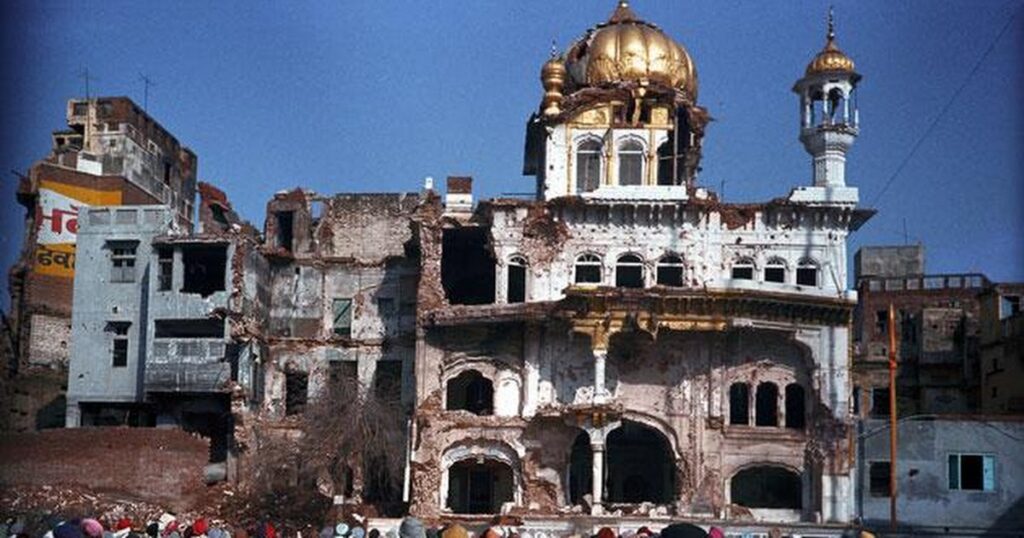
The decades of injustice endured by Sikhs at the hands of the Indian government have also resulted in activism, led by those driven by an unwavering passion and love for their community and the preservation of their identity.
In 2013, Gurbaksh Singh Khalsa started a hunger strike in India, to draw attention to Sikh political prisoners still being detained after their terms had completed or could be released on humanitarian grounds. His first campaign ended in early 2014 and his second hunger strike ended in 2015. It was at the end of the second hunger strike when Bapu Surat Singh Khalsa, a grandfather in his 80s, traveled from the U.S. to India to take up this cause and start his hunger strike on January 16, 2015.
Over the course of nine years, Bapu Surat Singh has endured a struggle for the freedom of Sikh political prisoners mired by the forceful removal from his home and placement in hospitals. The hunger strike resulted in Bapu Surat Singh’s complete physical transformation — an emaciated body with visible protruding bones, bed ridden, visited by supporters and politicians in Hassanpur, Panjab and subsequently at the hospital. The image of Bapu Surat Singh in the later years was often in a hospital bed with a tube inserted in his nose, subjected to force-feeding and detainment.
During the course of his hunger strike, several long-serving Sikh political prisoners were granted parole or release. It was the first time the majority of the Sikh community or public had seen these political prisoners outside of prison walls.
Almost three years into Bapu Surat Singh’s hunger strike, a Scottish Sikh activist named Jagtar Singh Johal was abducted in Panjab. Jagtar was out shopping, when he was forcefully taken by Indian authorities to an undisclosed location. It was only when he was presented in court a few days later, his wife and family became aware of his detention in police custody.
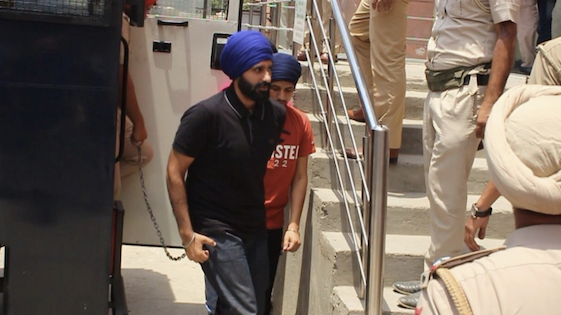
It was later revealed what had happened to Jagtar in those days between the abduction and appearance in court. In a handwritten letter, Jagtar detailed his torture and harassment in Indian police custody.
Since his abduction in 2017, Jagtar has endured more than six years of arbitrary detention. UK prime ministers and politicians, as well as human rights organizations, have repeatedly sounded the alarm on his imprisonment and need for immediate release.
He remains detained and is approaching his seventh year of imprisonment this November.
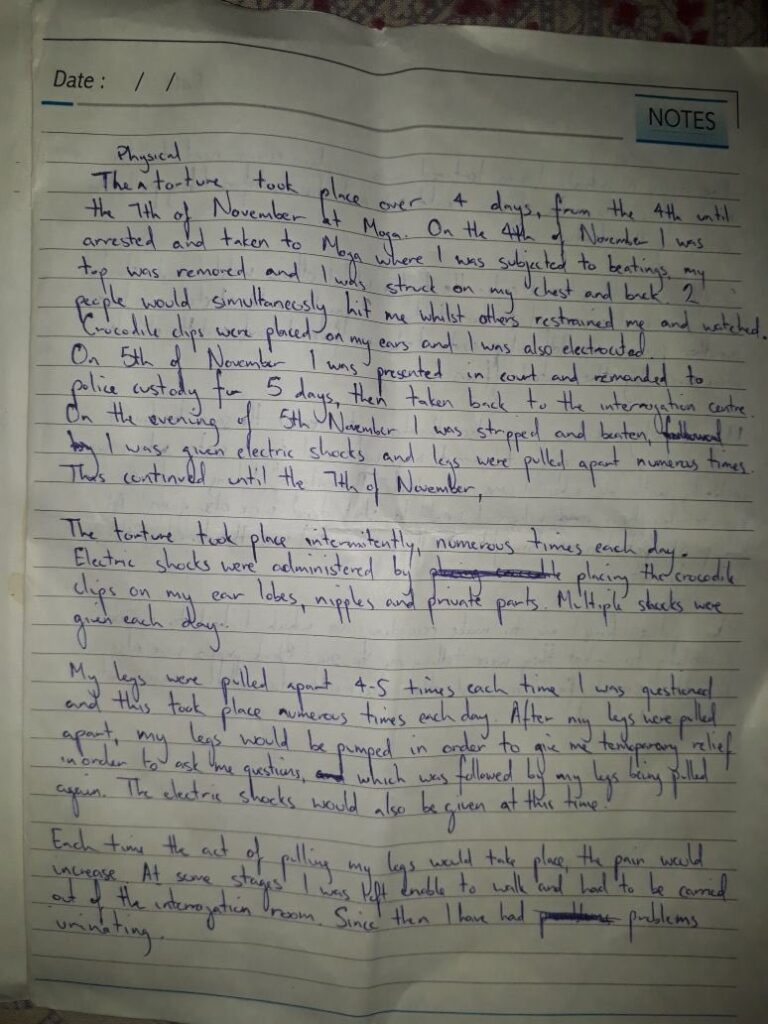
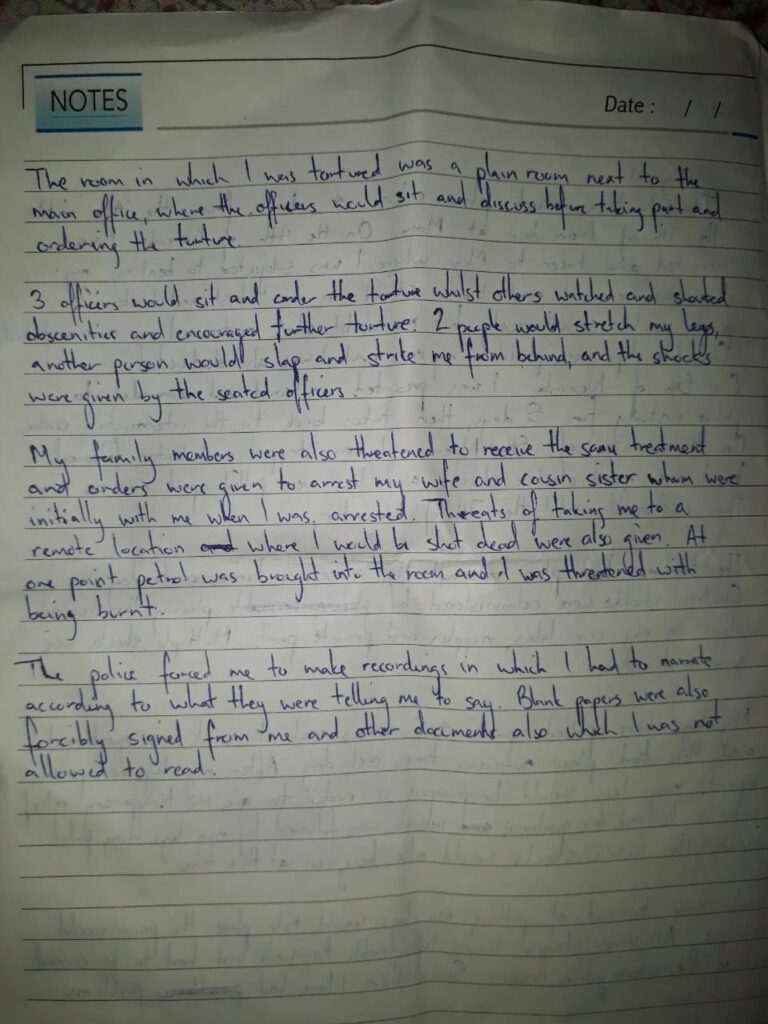
More recently, a Sikh leader named Amritpal Singh was imprisoned for his activism in Panjab, mentoring youth and creating rehabilitation centers for those struggling with substance abuse and mental health issues. This activism, aided by volunteers and supporters, was quelled by Indian authorities, and currently Amritpal remains detained in Assam along with several of his associates.
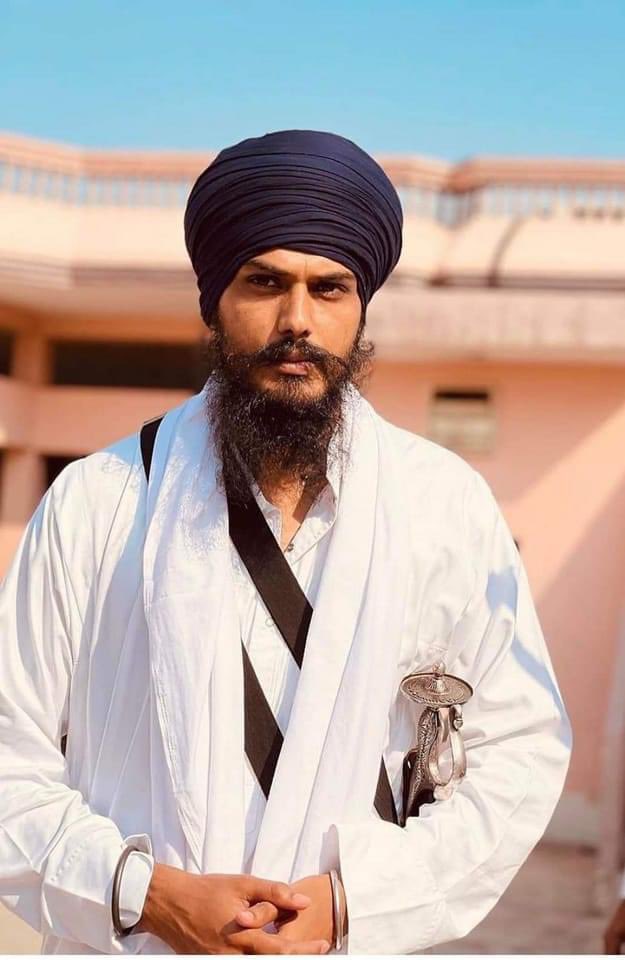
Echoing the atrocities faced by Sikhs in decades prior, the torture and confinement of Sikhs in India has now transpired into the murder of activists in the diaspora.
Last year, the Indian government was exposed for their brutal acts of terrorism against Sikh activists in Pakistan, UK, Canada, and the U.S.
In May 2023, Parmjit Singh Panjwar was assassinated in Pakistan. One month later, Avtar Singh Khanda was killed in the UK, through suspected poisoning. That same week, on June 18, Hardeep Singh Nijjar was murdered in Canada while leaving Guru Nanak Sikh Gurdwara.
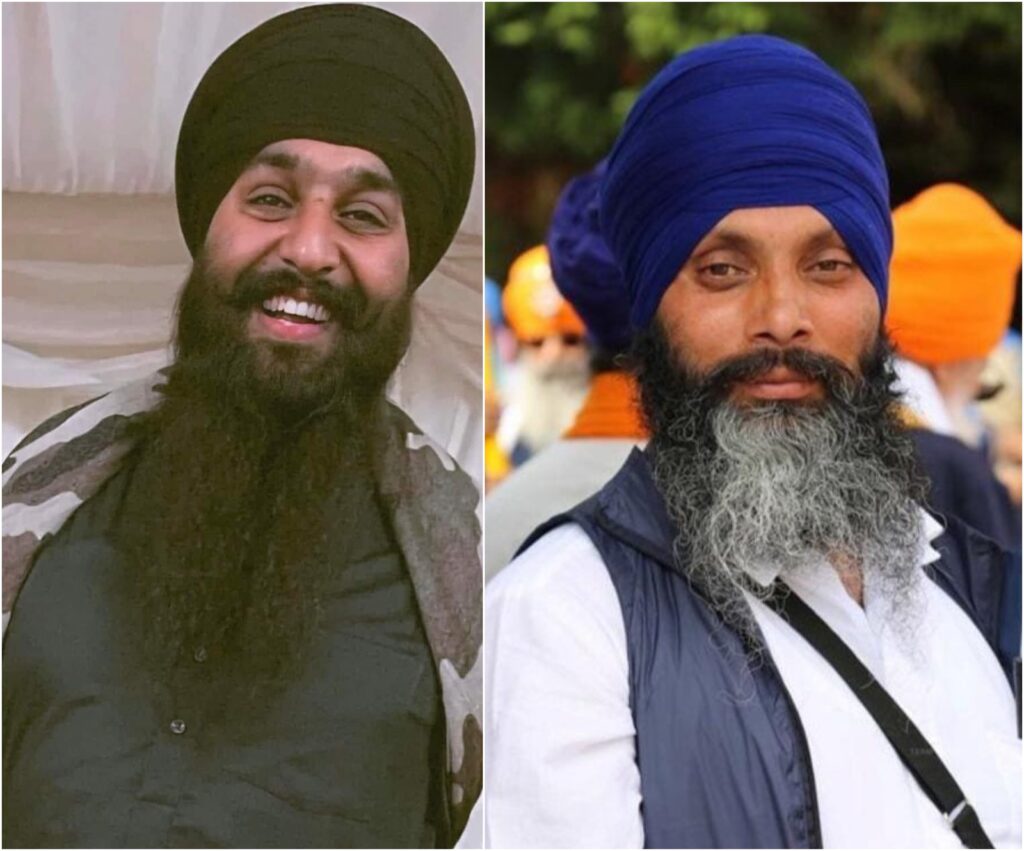
In September 2023, Canadian Prime Minister Justin Trudeau stood in parliament and stated security agencies had credible evidence showing the Indian government was responsible for the murder of Hardeep Singh Nijjar. This statement was further bolstered by an investigation carried out by U.S. authorities, where an attempt to murder Gurpatwant Singh Pannun was thwarted and the Indian government’s role was made public.
In 2015, Bapu Surat Singh’s son-in-law Satwinder Singh Bhola was killed in the U.S. The murder remains unsolved but it’s strongly believed that the Indian government was behind his assassination as well. More recently, it has been reported another Sikh community member in Vancouver, Canada — Ripudaman Singh Malik — was murdered by the Indian government in 2022.
At the heart of all this terror and trauma, and what has driven most Sikh activism, is the resolute belief in Sikh sovereignty. The tens of thousands that were killed in the Sikh genocide, and years following, were all savage and barbaric acts to eviscerate an entire group of people. All of the Sikh activists that were murdered represented prominent, active members of their local communities, tirelessly working to inform the public of the Indian government’s inhumanity and the urgent need for a Sikh homeland.
One pervasive narrative that has been embedded in Indian media and culture is the demonization of a separate Sikh nation, or Khalistan. Throughout history, Sikhs have been subjected to forceful conversion, the stripping of their identity, and unrelenting attacks on their religion. What has risen from this history is a realization and determination that the survival of Sikhi is dependent on having a country, a home, they can call their own.
It’s imperative the Indian government’s dangerous narrative against Khalistan is not given credence. For decades, Indian authorities have equated the desire for Sikh independence to terrorism, alongside the other separatist movements happening in India. There are countless examples of territories around the world working towards an independent nation, ironically including India itself, achieving independence from British colonialism in 1947.
The threat to Sikhs will remain as long as the Indian government’s influence is the dominating force of governance. The world has been made aware of the Indian government’s callous nature, intent to murder, and suppression of activism. It’s through this darkness that Khalistan will emerge, a place to call home and live free.


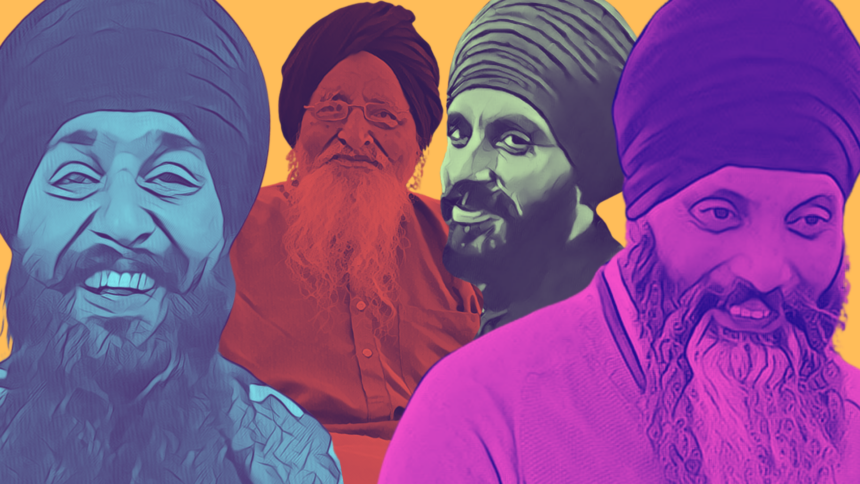
Leave a Reply